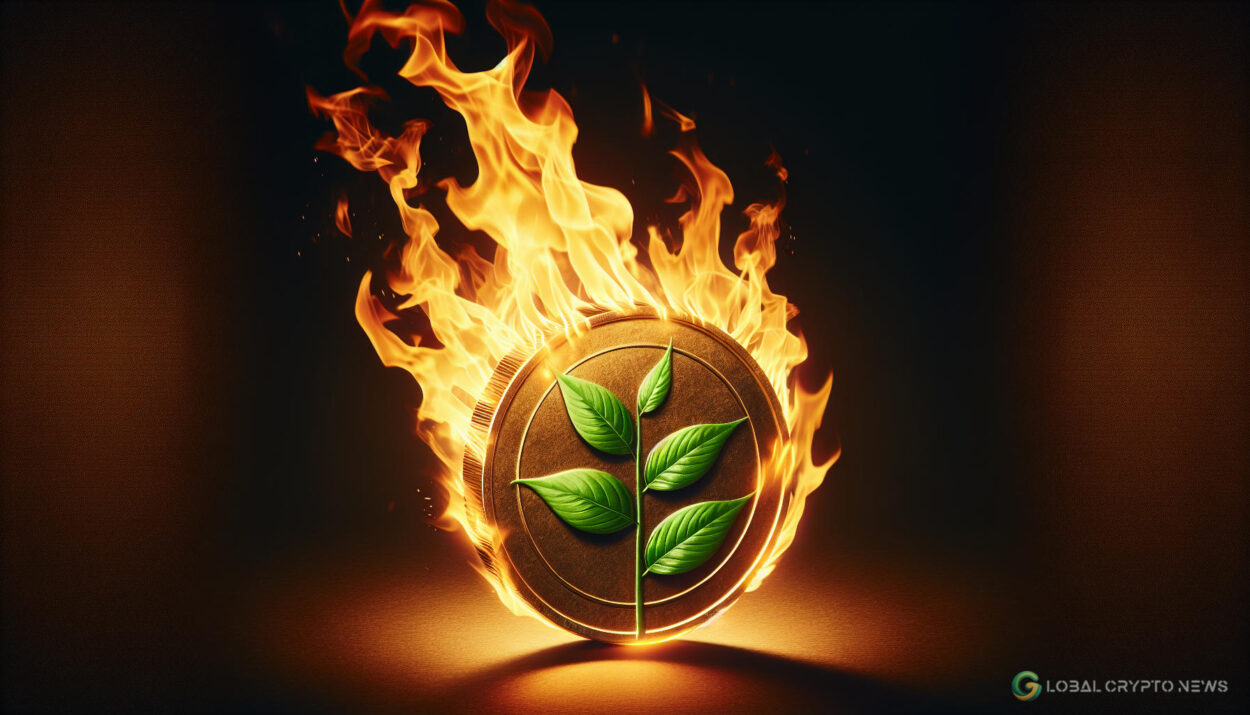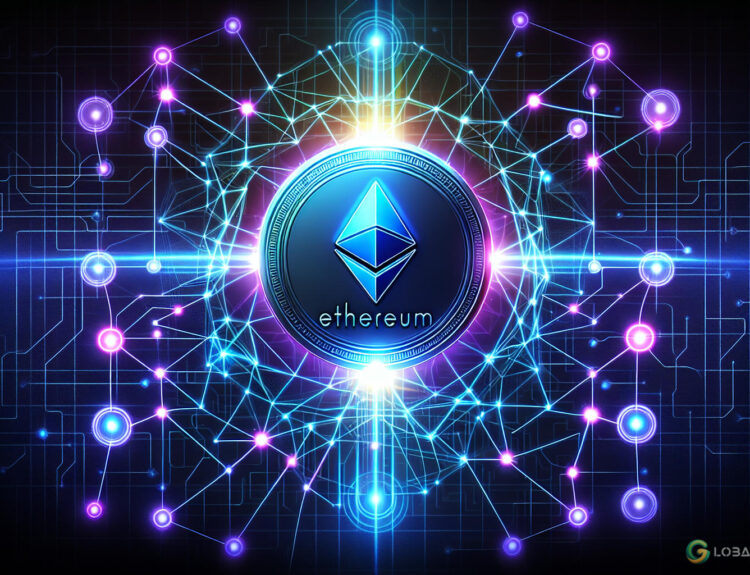In an interview with Global Crypto News, Kadan Stadelmann, CTO of Komodo, discusses the importance of integrating sustainable practices and deflationary mechanisms to advance the blockchain industry while addressing environmental concerns.
Sustainable Tokenomics and Environmental Consciousness
Blockchain technology is at a pivotal moment where the demand for sustainable tokenomics and environmental consciousness is reshaping the industry. As the world deals with climate change, blockchain projects are innovating to minimize their ecological footprint.
Deflationary mechanisms, such as token burning, are not just financial tools but part of a broader strategy to create a greener, more sustainable economic model. These mechanisms help manage token supply, creating scarcity and attracting investors who prioritize long-term value and sustainability.
The industry’s focus on sustainability and efficient tokenomics is setting new standards. Stadelmann believes the future of blockchain technology hinges on adopting sustainable and deflationary tokenomics.
Influence of Deflationary Mechanisms on Long-Term Token Value
Tokenomic models, particularly those incorporating deflationary mechanisms, have been influential in creating long-term value for crypto investors. Conversely, projects with inflationary tokenomics often create an environment favoring the cryptocurrency’s creators or large holders. Smaller holders, or newcomers, are at a disadvantage since they usually can’t accumulate enough supply to influence market value. Historically, deflationary mechanisms such as reducing the block reward or burning tokens have led to increased market value for cryptocurrencies.
Komodo’s Deflationary Moves
Recently, the Komodo community approved three proposals, two of which will directly lead to a more deflationary tokenomic model for KMD. These include KIP0002 (burning 100% of transaction fees) and KIP0003 (reducing the block reward from 3 KMD to 1 KMD). The other approved proposal, KIP0004, will transition the Komodo blockchain from Proof of Work (PoW) to Proof of Stake (PoS) either in 2025 or 2026.
Advantages of Multi-Chain Models
The most important advantage of supporting a multi-chain model, rather than a single-chain model, is the autonomy for crypto projects to shape their own tokenomics. For example, projects that build on Ethereum have no ability to reduce underlying transaction fees (gas) on each transaction. Users also have to hold ETH to pay for gas, even if their transaction doesn’t involve ETH. For cryptocurrencies that use their own blockchains, there is no need to charge a gas fee or rely upon a secondary cryptocurrency. Projects can also set minimal transaction fees. Scalability is another factor; with each cryptocurrency having its own blockchain, transaction completion times are usually much shorter due to less mempool congestion, leading to more consistent and cheaper transaction fees.
Architectural Innovations for Environmental Impact
From an environmental sustainability perspective, the biggest innovation is Proof of Stake (PoS). For example, Ethereum’s move to PoS in September 2022 reduced energy consumption by an estimated 99.5% compared to Proof of Work (PoW). The network also became more scalable. PoS-based blockchains generally have a higher transaction per second (TPS) limit than PoW-based blockchains. Additionally, PoS cryptocurrencies make it easier for average, non-technical users to participate in the network’s security and earn block rewards, leading to higher participation among HODLers and creating a greater incentive to hold for longer periods.
Impact of Deflationary Strategies on Market Dynamics
Deflationary strategies like token burning can contribute to price stability or mitigate downward price pressure. By reducing the supply of tokens, these mechanisms help counteract inflationary pressures that could otherwise devalue the token over time. This stability can increase investor confidence and attract more long-term investment. If demand for a specific cryptocurrency remains the same or increases over time, deflationary tokenomics should theoretically lead to a price increase.
Architectural Choices for High Throughput and Efficiency
To maintain high throughput and efficiency without compromising on security or inflating costs, several architectural choices are available. While Proof of Work (PoW) offers high-level security, it can be resource-intensive. Proof of Stake (PoS) and its variants such as Delegated Proof of Stake (DPoS) offer higher throughput with lower resource requirements but need careful design to ensure security. Scaling solutions like state channels or sidechains can enable off-chain transaction processing, reducing the load on the main blockchain and increasing throughput. However, they require careful integration with the main chain to maintain security and interoperability.
Importance of Low Transaction Fees
Developers are more likely to build on a blockchain that allows for cheaper transactions. Consequently, users are more likely to use various dApps if they are affordable. Blockchains should make it easy for developers to design smart contracts that minimize computational complexity and gas consumption. This is achievable through techniques like code optimization, gas-efficient data structures, and off-chain computation. Additionally, dApp developers should consider using precompiled contracts for computationally expensive operations.
Key Considerations for Environmental Sustainability
To ensure platforms are both efficient and minimally impactful, developers should prioritize using PoS. If PoW is necessary, consider implementing energy-efficient mining algorithms or variations that reduce computational workload and energy consumption. Examples include Equihash or Ethash. Operating nodes or mining farms should prioritize energy-efficient hardware and data center practices, including using renewable energy sources and optimizing cooling systems. Optimizing blockchain protocol and architecture for efficiency, such as reducing the size of blocks and optimizing data storage and retrieval, can also help reduce the overall energy footprint.
Stay updated with the latest cryptocurrency news and insights on Global Crypto News.
























